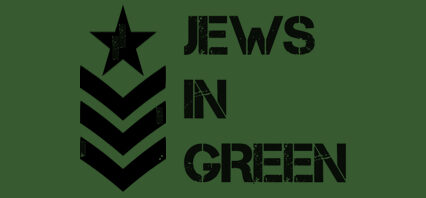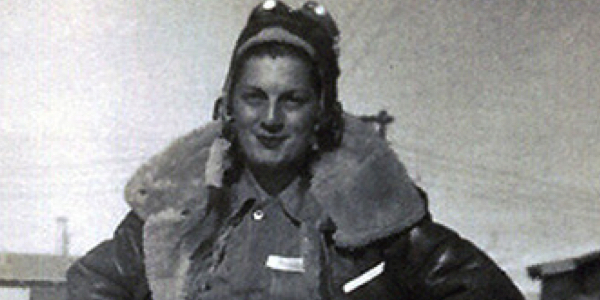The Second World War was an extremely difficult phase for many countries. In those times, the United States of America was experiencing a severe shortage of pilots. One of the major reasons for this was that men had to fly overseas on their missions. So, the government had to take a decision to train women for the purpose of flying military aircraft.
This led to the formation of Women’s Air Force Service Pilots or WASP. More than a thousand young women had to undergo training for flying B-26 and B-29 bombers. They also had to undergo training for testing new planes and flying shipments to the military bases from factories. Walt Disney’s creation of the WASP mascot appeared on the shoulder patch of these women.
Despite such a revolutionary thing happening, the records of the WASPs were never revealed for many years. This is why their contributions were inaccessible to historians. Very few people knew about about it. Here, we’ll discuss the contributions of two Jewish women who were a part of this historic event. They are Selma Cronan and Yetta Moskowitz.
Selma Cronan
Selma Kantor Cronan fell in love with flying airplanes from the time her mother took her on a kids’ airplane ride. In 1943, she received an invitation from Jacqueline Cochran, a legendary female aviation pioneer to join WASP. Her participation in flying competitions after the Second World War made her a competitive pilot.
During her interview at the age of 82, she said that all she cared about was her next flight. She expressed her disappointment with regards to discrimination against women in the days of her youth. While narrating the stories of women’s discrimination, she said that they didn’t even have a ladies’ room in the air bases.
Despite the discrimination that prevailed in those times, the women from WASP excelled in their pursuits. In the male-dominated society of the early 20th century, they made a name for themselves.
Yetta Moskowitz
In 1943, Yetta Moskowitz was fresh out of nursing school. She got enlisted as a flight nurse in the Army Nurse Corps. Before her deployment to the Philippines, she had to undergo training in the Air Force School of Air Evacuations. While serving in the Philippines, she helped in keeping about seven thousand troops alive. Later, this facilitated the transfer of these troops to the area hospitals.
The exceptional courage that she displayed under fire earned her a promotion . She became the chief nurse and first lieutenant of the 804th Medical Air Evacuation Squadron. She also received an air medal. This was for flying more than a hundred hours through combat zones.
Nurses were technically non-combatants even if they were serving in the war. So, they had to carry revolvers just in case they had to face the enemy troops. Moskowitz’s best friend was killed during one of the operations where wounded soldiers were being rescued.
The location of these combat zones were in New Guinea and the Philippines. Despite all the risks, Yetta Moskowitz brilliantly handled the evacuation of wounded soldiers in the Second World War.

